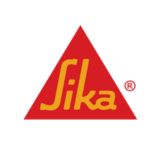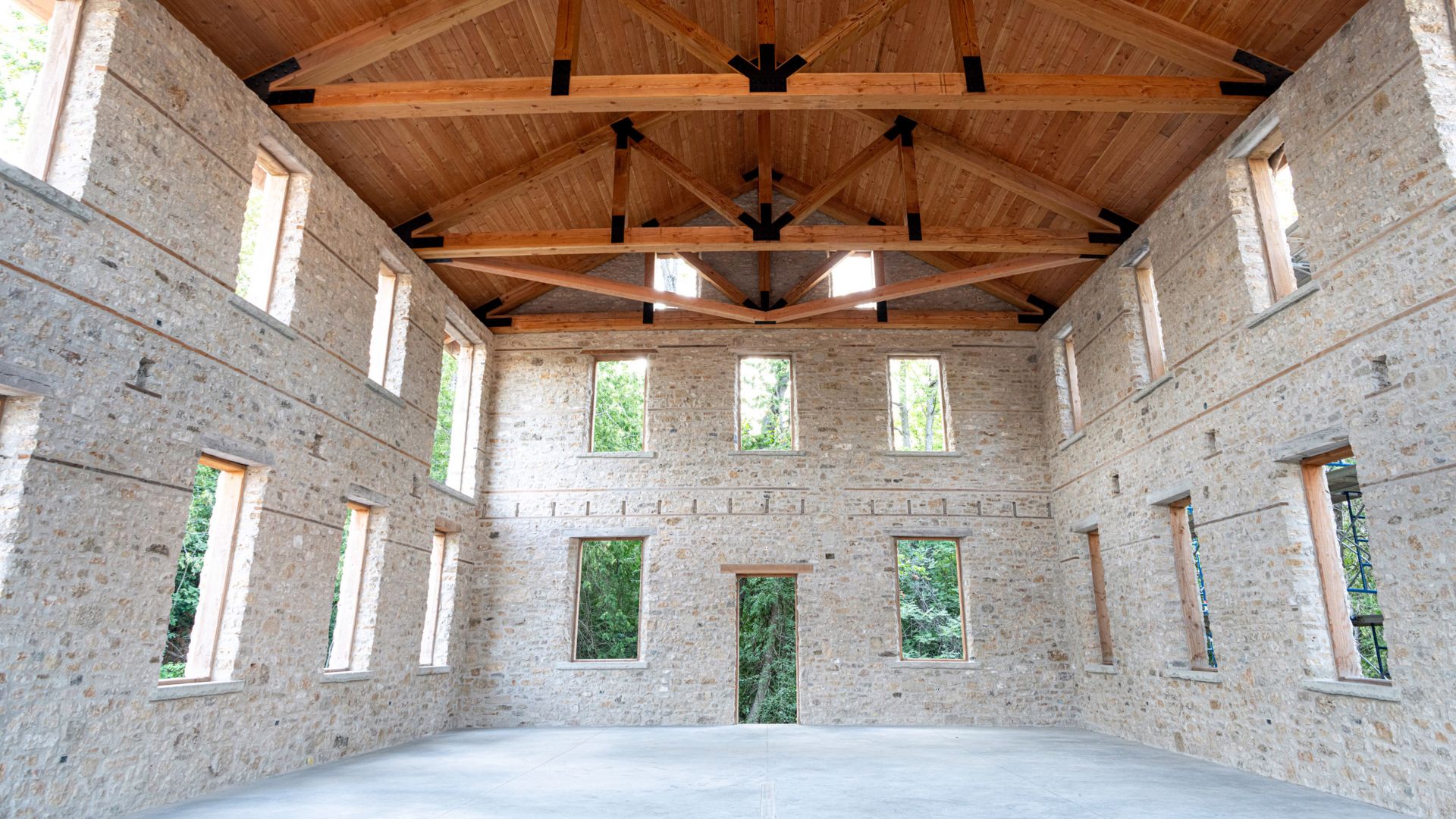WALLS BUILT BEFORE 1900
MAIN CHARACTERISTICS
■ Various structure types;
■ No control joints.
TO TAKE INTO CONSIDERATION
■ Exposure to the elements, such as wind, rain, frost, etc. ;
■ Change of use.
The majority of the walls built before 1900 are mainly built using a mortar containing pure lime,hydraulic lime (natural or not) or natural cement and probably does not contain Portland cement. If the mortar contains Portland cement, it has nothing in common with its contemporary counterpart. For this reason, we do not recommend the use of Portland cement in buildings built before 1900. Nowadays, mainly because of our harsh climates, the use of pure lime without the addition of pozzolans is no longer recommended for outdoor projects. Therefore, you will have to look for mortars made of hydraulic lime (natural or not) or to natural cement (not to be confused with Portlandcement).
LAYING MASONRY UNITS
Structures built before 1900 are often mass masonry construction without air barriers and/orvapour barriers. In addition, there are generally no control joints in this type of construction. It is therefore essential to use a type of mortar that will accompany the original wall in its movementsor in its ability to transmit water vapour. For this, we generally use the same type of binder that was used for the original construction. For the type of binder that was likely used during the original construction, refer to the document: Guide to identifying the different types of binders,available on this website.
REPOINTING
Repointing requires that the new mortar be equal or weaker, in terms of compressive strength than the original mortar and the masonry unit. The new mortar should also be equal to or greater than the original mortar in terms of water vapour permeability. Finally, the selected mortar must accompany the original mortar in all its facets and not represent a constraint.
TIP
Make sure that your project has not undergone a change of use. For example, a greater exposure to deicing salts. Otherwise, the use of the same mortar as the original could turnout to be a mistake.
Recommendations
BEDDING MORTAR
■ Requiring low to medium compressive strength
■ For non-load bearing interior and exterior walls: King® HLM-500
■ Requiring medium to high compressive strength
■ Load-bearing wall, parapet, foundation, chimney, retaining wall or any masonry workexposed to a high level of saturation: King® HLM-500
REPOINTING MORTAR
■ Requiring low to medium compressive strength
■ For non-load bearing interior and exterior walls: King® HLM-350
■ Requiring medium to high compressive strength
■ Load-bearing wall, parapet, foundation, chimney, retaining wall or any masonry work exposed to a high level of saturation: King® HLM-500

